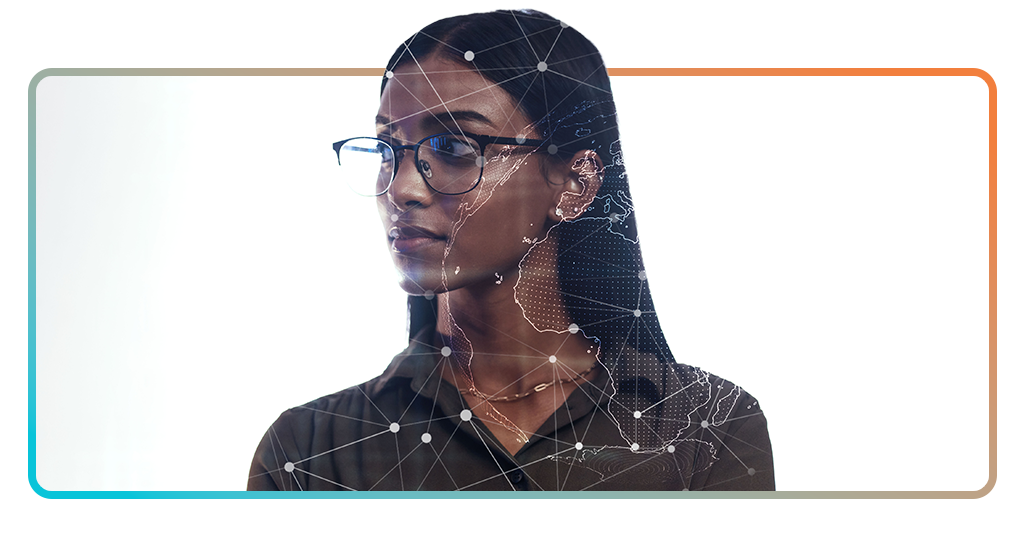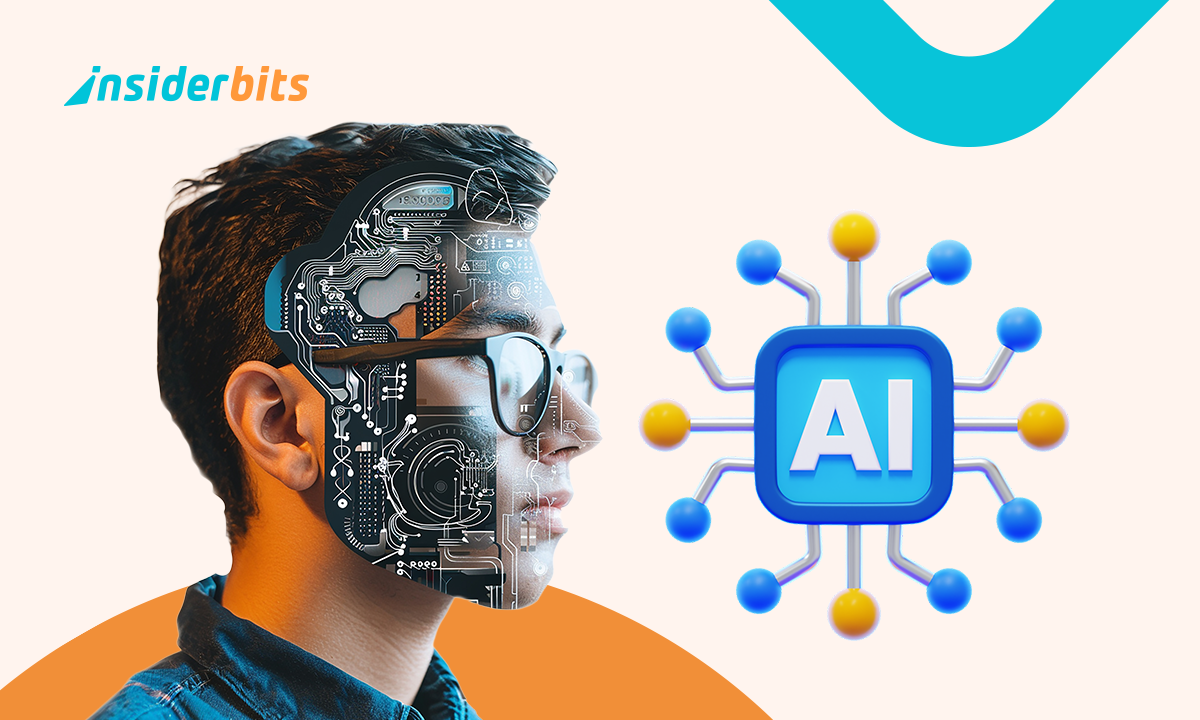Hollywood’s latest stars don’t need trailers, tantrums, or even lunch breaks. They’re AI actors—digital creations that can deliver lines perfectly, never age, and (best of all) don’t demand million-dollar paychecks. From deepfake de-aging to entirely synthetic influencers, studios are racing to replace flesh-and-blood performers with algorithms that never miss a cue.
But before you mourn the death of human acting, consider this: AI actors aren’t just cheaper—they’re enabling entirely new kinds of storytelling. Want Marilyn Monroe in your ad? Done. Need a multilingual presenter who flawlessly switches accents? Easy. The question isn’t whether AI will reshape entertainment—it’s whether audiences (and unions) will let it.
- Application d'assistant personnel IA
- AI Personal Finance Assistants: Manage Your Money Smarter in 2025
- AI Personal Stylists: Redefining Fashion Choices
Who are the AI actors taking over digital media?
Meet the synthetic stars you’ve already unknowingly watched:
- Digital clones: resurrected legends like James Dean (yes, really) for new roles;
- Virtual influencers: fully AI-generated personalities like Lil Miquela with millions of followers;
- Corporate avatars: brand spokespeople created by platforms like Synthesia for training videos and ads;
- Background fillers: crowd scenes populated by Neural Actors instead of extras.
Creepy or cool? Check out AI-generated professional headshots to see how convincing they’ve become.
How studios use AI to clone voices and faces
The magic (and controversy) happens through:
- Deepfake video: tools like DeepBrain AI map expressions onto existing footage;
- Voice synthesis: an hour of audio can now clone a voice forever (thanks, OpenAI);
- Generative animation: platforms like Hour One create lifelike avatars from text scripts;
- “Performance capture” 2.0: one actor’s motions drive hundreds of unique AI characters.
En tant que Mastercard reports, this tech slashes production costs. But at what cost to performers?
Pros and cons of replacing human actors
When it comes to AI actors, there’s no such thing as a simple “good” or “bad.” This technology is rewriting Hollywood’s rulebook, and whether that’s revolutionary or terrifying depends on who you ask.
The upside: why studios are obsessed
- 24/7 availability: AI actors don’t need sleep, lunch breaks, or vacations. Need a last-minute reshoot at 3 AM? No problem. Your digital star will show up perfectly on time, every time;
- Perfect consistency: imagine a world where Tom Hardy’s mumbling is always crystal clear, and no A-lister ever forgets their lines mid-scene. AI delivers the same flawless performance take after take;
- Endless versatility: one AI model can morph into a child, an elderly version of itself, or even switch genders and ethnicities—no makeup or prosthetics required. Casting directors’ wildest dreams, or diversity’s worst nightmare? You decide;
- Posthumous casting: James Dean in a new war movie? Audrey Hepburn selling chocolate? With estate approval (and let’s be honest, enough money), deceased stars are getting second acts. Morbid or magical?
The dystopia: why actors are panicking
- Job erosion: background actors are already becoming endangered species. Why pay 500 extras when AI can generate a crowd scene for pennies? SAG predicts 80% of these roles could disappear by 2030;
- Identity theft: that indie film you did in college? Your performance could be mined to train an AI that replaces you forever—with zero compensation. Laws haven’t caught up, and studios aren’t waiting;
- Cultural flattening: AI tends to default to “safe”, middle-of-the-road performances. The raw, unpredictable magic of human acting? At risk of being algorithmically smoothed into oblivion;
- The uncanny valley: for every convincing AI performance, there are a dozen that land somewhere between “video game cutscene” and “zombie impersonator.” Bad AI acting makes Cats (2019) look like Shakespeare in comparison.
The messy middle ground: Some unions are negotiating for AI “stunt doubles”—using digital clones for dangerous scenes while keeping human actors employed.
But as Mashable reports, even commercials are replacing real people with AI avatars. The revolution isn’t coming—it’s already in your YouTube ads.
Legal and ethical debates in virtual performances
The SAG-AFTRA strikes of 2023 were just the opening act in what’s becoming entertainment’s most dramatic showdown.
As AI performances go mainstream, we’re facing a legal and ethical minefield that makes Black Mirror look like child’s play. Here’s why this isn’t just Hollywood’s problem anymore:
The courtroom drama unfolding
- Who owns a digital twin? Right now, it’s the Wild West. Courts can’t decide if your face is copyrightable property or free real estate for AI companies. Recent cases show actors fighting to trademark their own smiles;
- Residuals for AI clones have become the new frontier. When Humphrey Bogart “stars” in a new whiskey commercial, should his estate get SAG-scale pay? Or does the AI company that reanimated him pocket everything? Current contracts are about as clear as mud;
- Deepfake porn & fraud are exploding faster than laws can keep up. Over 96% of deepfake content online is non-consensual pornography, and revenge porn laws in most states don’t even cover AI-generated material. The legal system is playing catch-up while victims suffer;
- Diversity washing has reached disturbing new levels. Studios can now “hire” AI actors of any ethnicity while their actual writers’ rooms and production teams remain overwhelmingly white. It’s representation theater at its most cynical.

The human cost
En tant que King’s College London’s research shows, without urgent regulation:
- Background actors could become literally faceless—their scanned likenesses reused indefinitely without payment;
- Minority actors may lose hard-won opportunities to synthetic “diverse” avatars;
- The very concept of artistic ownership could evaporate when your greatest performance becomes training data for your replacement.
The frightening precedent: some streaming platforms are already inserting AI extras into old shows for “fresh” international versions—meaning your one-day acting gig from 2010 might still be generating value today… for everyone but you.
What’s next?
The EU’s AI Act and California’s proposed DELETE Act are scrambling to establish guardrails, but tech moves faster than legislation. In the meantime, every performer—from A-listers to day players—faces the same terrifying question:
“Is my career becoming training data?”
The answer may depend on whether lawmakers understand that in the AI age, human dignity shouldn’t be just another special effect.
The bottom line
AI actors aren’t coming—they’re here. The real drama is whether we’ll write fair rules… or let Silicon Valley script the whole show.
For more on resurrected stars, see CHESA’s deep dive into Hollywood’s digital afterlife.





